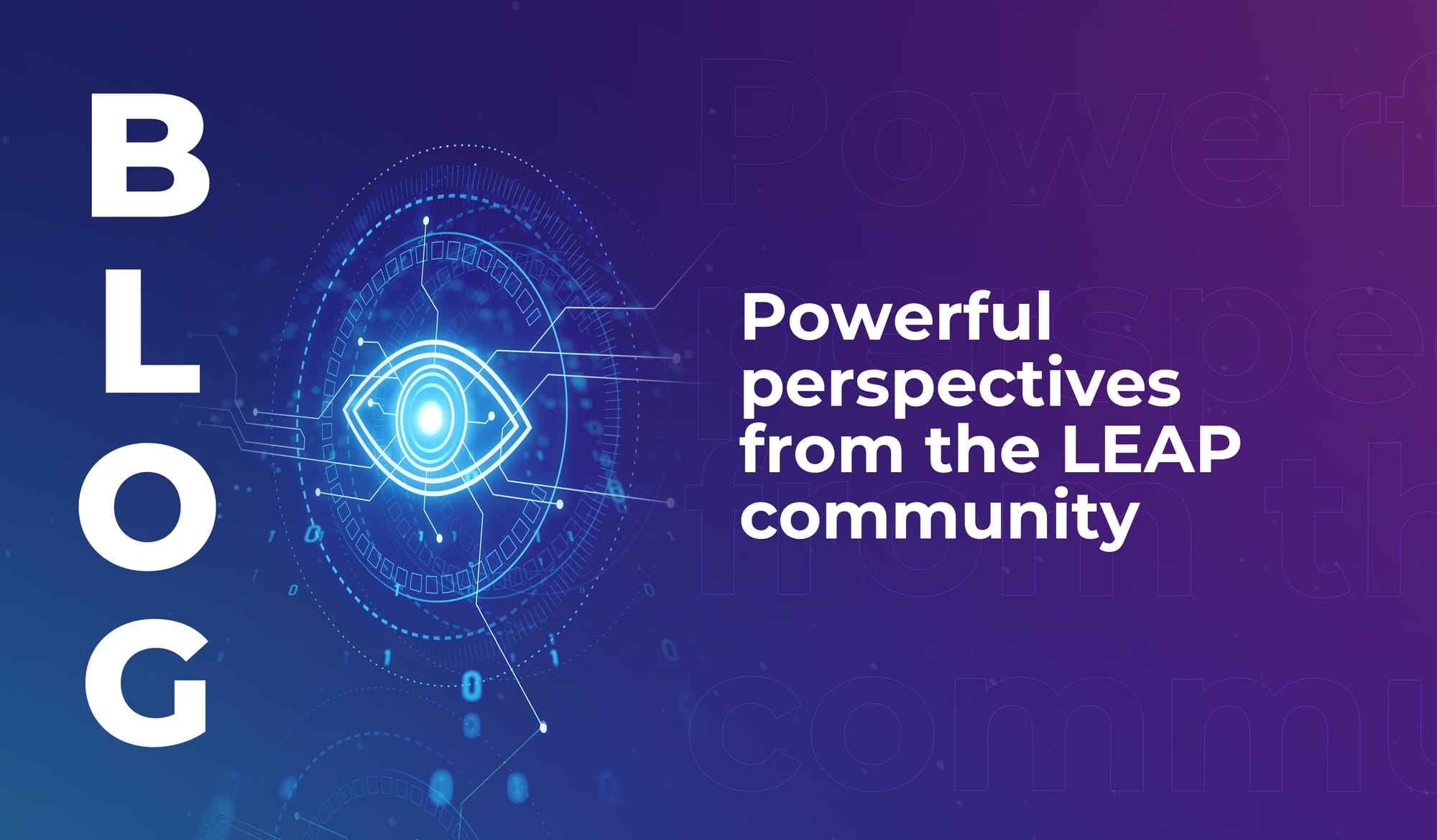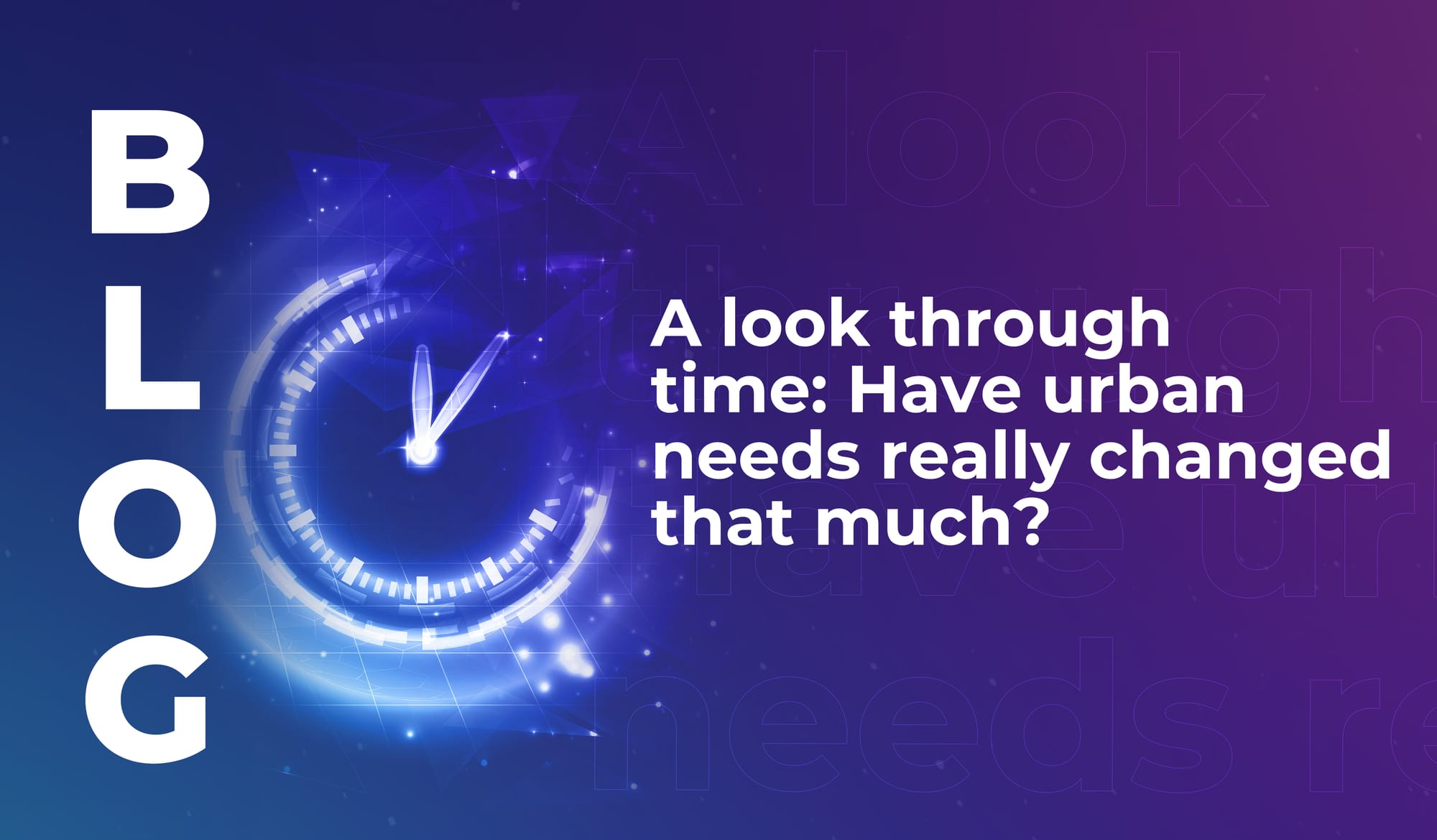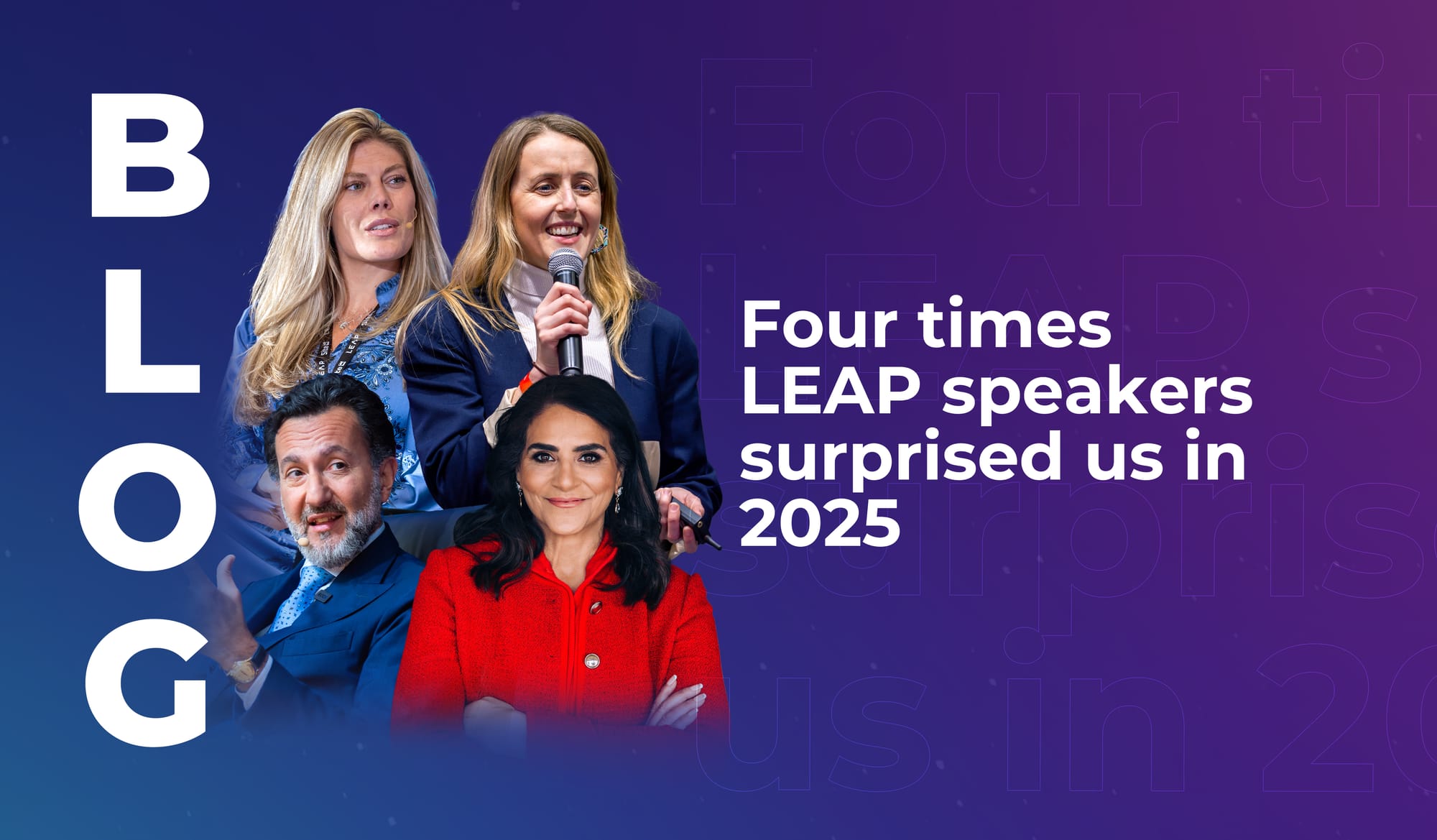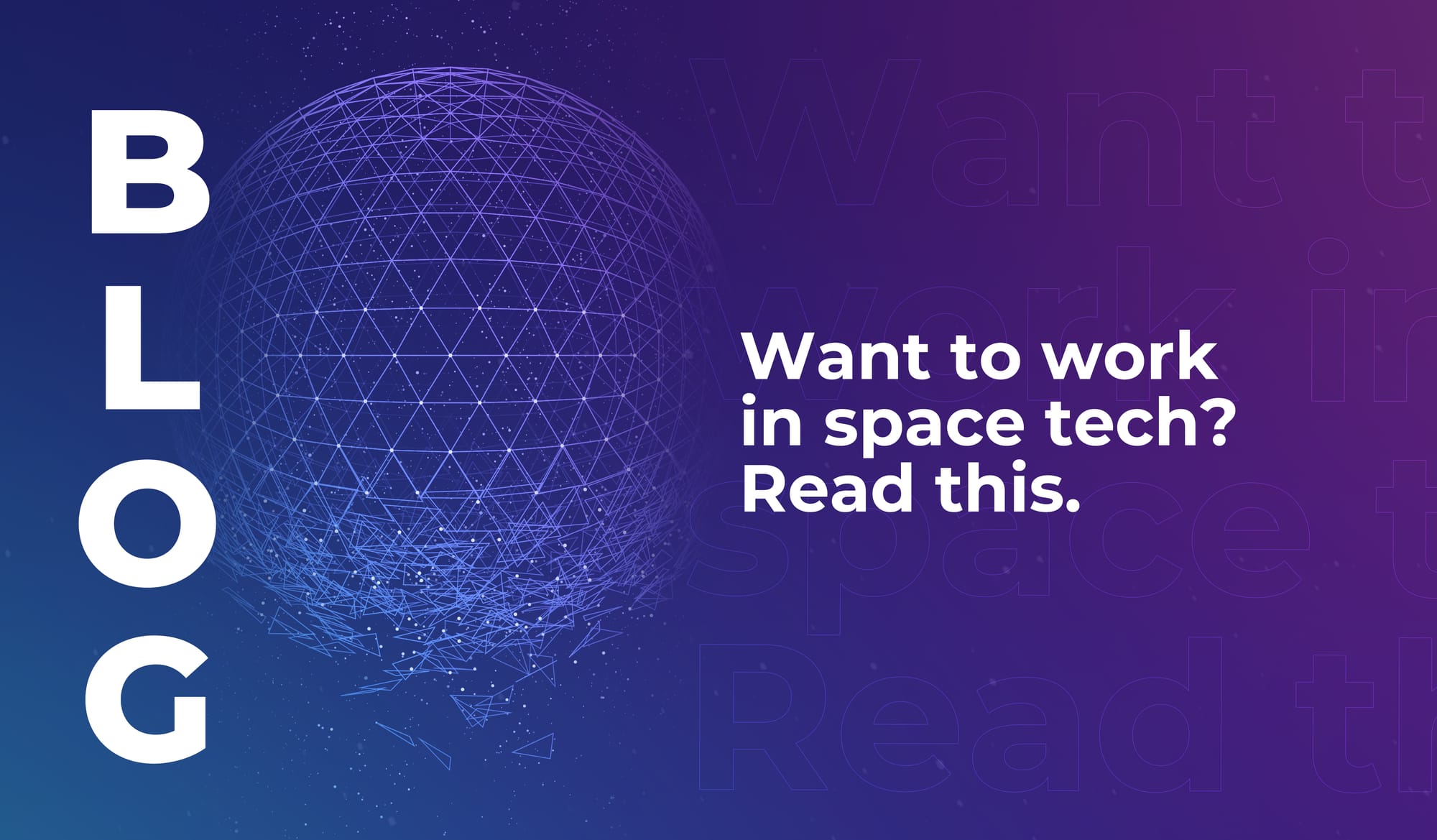
Powerful perspectives from the LEAP community
Discover four powerful perspectives from LEAP 2025 speakers on creativity, clean mobility, education, and personal branding to guide your strategy for 2026.


At a glance, today’s smart cities look like they’re worlds away from the concrete-heavy urban plans of the 20th century. Now we have predictive AI systems, digital twins, real-time traffic management – we’re using tech and language that previous generations didn’t have at all.
But if you look a little closer, you’ll notice that many of the needs, desires, and complaints of city dwellers haven’t actually changed much at all.
In 1958, Jane Jacobs (Journalist, Author, Urban Activist) wrote a seminal essay in Fortune magazine titled Downtown is for People. In it, she warned against top-down, soulless city planning, and pushed for the idea of building cities for the people who actually live in them – not just for the sake of efficiency or aesthetics.
“From city to city,” Jacobs wrote, “the architects’ sketches conjure up the same dreary scene; here is no hint of individuality or whim or surprise, no hint that here is a city with a tradition and flavor all its own.”
Swap ‘architects’ sketches’ for ‘smart city masterplans,’ and you might find similar critiques today.
During a panel discussion at LEAP, Joseph Bradley (CEO at NEOM Tech & Digital Company) spoke about the need to flip city design on its head. “Cities are built today around assets,” he said. “They were built around buildings, around roads, around cars. And what we’re really seeing is the true cities of the future, the cognitive cities, that model has to be turned on its head. It’s got to be built around you, citizens. You, as a human; as a person.”
It’s a message that Jacobs would surely have supported. She spent her whole career arguing that cities are for people, not just infrastructure.
Something she wrote in that seminal essay could easily have been said at LEAP: “There is no logic that can be superimposed on the city; people make it, and it is to them, not buildings, that we must fit our plans.”
The big difference is that the tools available to today’s urbanists are much more advanced – and much more digital. Bradley and his peers are working on cognitive cities; places that are interconnected, data-driven, and able to learn and adapt. He argued that cities should “take the very simple things and remove friction and make them easy to execute,” creating a seamless user experience.
Jacobs’ might not have had the term ‘user experience’ in her vocabulary, but the goal is the same – a city that works for people.
One of the major challenges raised in the LEAP panel was how to bring historic or traditionally built cities into this new, tech-forward paradigm. Talal Al Kaissi (CEO at G42 Cloud) noted that older cities can only make incremental progress; but “that’s where cloud infrastructure, the scalability of it,” he said, “will really come into its own.”
Jacobs wouldn’t have known what a digital twin was, but she definitely understood the value of seeing a city. “Walk, and you will see that many of the assumptions on which the projects depend are visibly wrong,” she wrote. “The best way to plan for downtown is to see how people use it today; to look for its strengths and to exploit and reinforce them.”
And in 2025, this same idea of observation is being brought to life through digital twins – virtual models of real cities, populated with live data to simulate, predict, and improve urban life.
Jaap Zuiderveld (Vice President EMEA, NVIDIA) shared that his team is working with a European city on just such a project, mapping the whole urban environment to find new efficiencies. As he put it: “If you are able to work together from an industry perspective, with the government…if you have the ecosystem working, then anything is possible.”
One of Jacobs’ most enduring ideas was the importance of place. Cities shouldn’t be sterile or interchangeable. “A sense of place is built up, in the end, from many little things too, some so small people take them for granted, and yet the lack of them takes the flavour out of the city,” she said.
So how does that fit with today’s goal of frictionless cities? Renato De Castro (Executive Director, RMA Advisory), who chaired the LEAP panel, pointed out that tech shouldn’t be visible or invasive – it should serve people quietly. In that sense, smart tech could protect and add something to a sense of place by removing the bits that irritate, while leaving the character intact.
But still, if we prioritise function and data, there’s always a risk cities could become dull. Jacobs warned that what makes a city feel alive is the way that so many different kinds of activity support each other, directly or indirectly; and she asked if cities will be any fun anymore if we continue to focus on functionality.
The answer seems to be…not really.
People still want cities that are easy to move around in, full of character, safe, accessible, and responsive to their needs. What’s changed is how we try to meet those needs. Where Jacobs advocated for walking the streets and talking to locals, today’s planners look at sensor data and machine learning models.
But the principle is the same: observe what people do, find what they value, and build around that.
In 1950s America, the time and place of Jane Jacobs’ writing, the biggest threat was city planning that bulldozed neighbourhoods in the name of progress. Today, the threat might be a different kind of homogeneity – one dressed up in ones and zeros.
Smart technology can change urban life for the better. But advocates for better cities across generations – from Jane Jacobs to our LEAP speakers – urge planners to focus on the people who live in those cities first. Look for the city’s strengths and make them even stronger to help smart cities truly live up to their name.

Discover four powerful perspectives from LEAP 2025 speakers on creativity, clean mobility, education, and personal branding to guide your strategy for 2026.

Discover four unexpected insights from LEAP speakers – on tech, leadership, investment, and innovation – that challenge assumptions and inspire new ways of thinking.

The global space sector is hiring faster than universities can produce graduates. If you’re an early-career technologist considering a career in space, this is for you.

Discover four powerful perspectives from LEAP 2025 speakers on creativity, clean mobility, education, and personal branding to guide your strategy for 2026.

Discover four unexpected insights from LEAP speakers – on tech, leadership, investment, and innovation – that challenge assumptions and inspire new ways of thinking.

The global space sector is hiring faster than universities can produce graduates. If you’re an early-career technologist considering a career in space, this is for you.